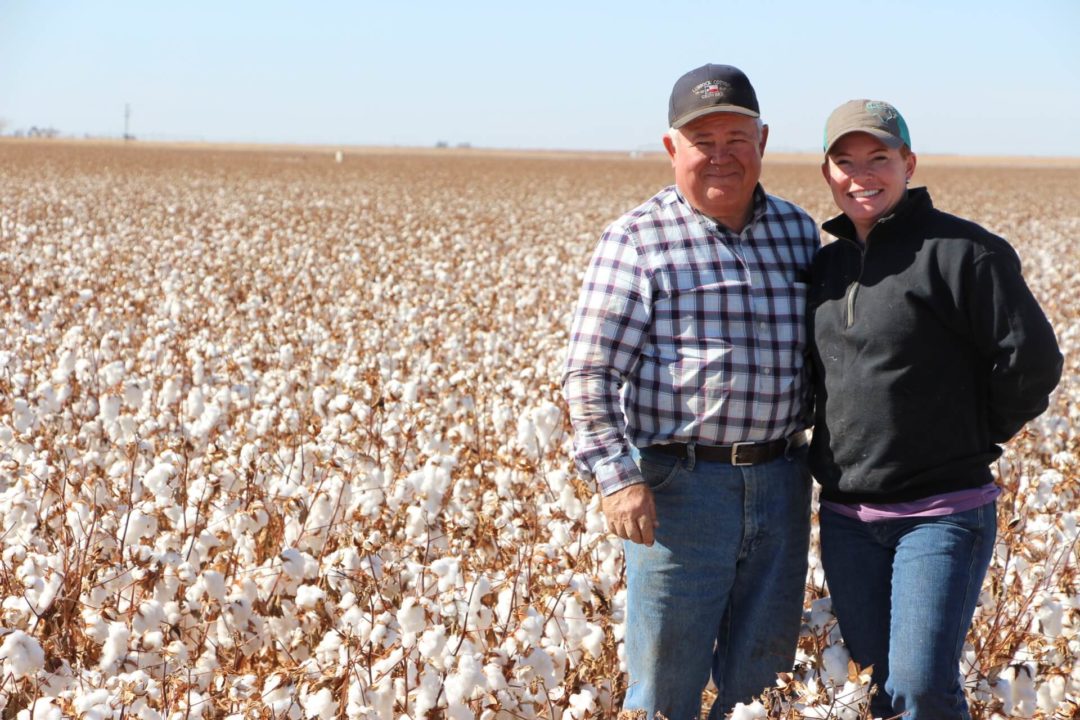CROPLAN Structured for the Long Run
From the time of its entry into the cottonseed market, CROPLAN has followed a careful strategic philosophy for its business. So far, so good, as 2018 marked the fourth consecutive year of growth for the brand – a trend that the company expects to continue in 2019.
“We try to get the right varieties and agronomics for our growers,” explains Robert Cossar, CROPLAN cotton market manager. “As part of Land O’Lakes, being owned by our customers is a big deal, and we have to make sure we do the right thing for our growers. We want this to be sustainable for the long term.”
Cossar points out that CROPLAN sales and market share grew this year thanks to its three Bollgard 3 XtendFlex varieties, all of which sold out quickly.
“We’re seeing a continuing movement to that technology,” he says. “We’ve been pushing for the past two years to be able to meet the demand when it happens, and we’ll have plenty of seed for our B3XF varieties for 2019.”
The three existing B3XF varieties will drive the CROPLAN cotton portfolio for 2019.
CROPLAN 9608 B3XF is a mid-maturity variety with a broad footprint, especially from the Carolinas through the Mid-South. “Yield reports out of south Texas are outstanding,” says Cossar. “We’re waiting on grades, but every grower I talked to down there said it looked great during harvest and thought it would grade out. It’s the variety that had the biggest impact for us this year.”
CROPLAN 9178 B3XF came to the market this past spring in a very limited quantity. It’s an early variety, best suited for the Missouri Bootheel, west Tennessee, and parts of north Mississippi. “It looked really good and brings a unique yield quantity, as well as some good fiber characteristics,” notes Cossar. “High fiber quality is one thing we continue to strive for, to make sure our growers are in a position where they can market their lint on premium markets.”
CROPLAN 9598 B3XF is a mid-maturity variety for the west Texas market located just north and south of Lubbock. “I had growers asking for seed this year,” says Cossar. “The yield and the fiber have been what west Texas growers have come to expect. I’m really excited about this variety and what it brings to that environment.”
Two B2XF varieties will also continue to be available for 2019 – CROPLAN 3885 B2XF, a very stable variety with a good fit in south Georgia, and CROPLAN 3475 B2XF, an early maturing variety for the Missouri Bootheel, parts of west Tennessee and the northern Panhandle of Texas.
“We’re seeing more acres shift from corn to cotton as water continues to decrease in the Panhandle,” explains Cossar. “Growers in that area can manage the dicamba technology and generally don’t have tough worm issues, so they’re likely to keep planting B2XF varieties for a few more years. CROPLAN 3475 B2XF has yielded well in that area and is a large seeded variety with strong emergence and vigor. Growers like that, because they tend to plant in slightly cooler soils.”
Several potential varieties are being evaluated for 2019 – an early-mid B3XF variety with bacterial blight resistance for the Mid-South and parts of Texas, and an XF-only variety with good Verticillium wilt tolerance for west Texas. Launch decisions will likely come in January after all data has been collected and evaluated.
From Cotton Grower Magazine – November 2018









